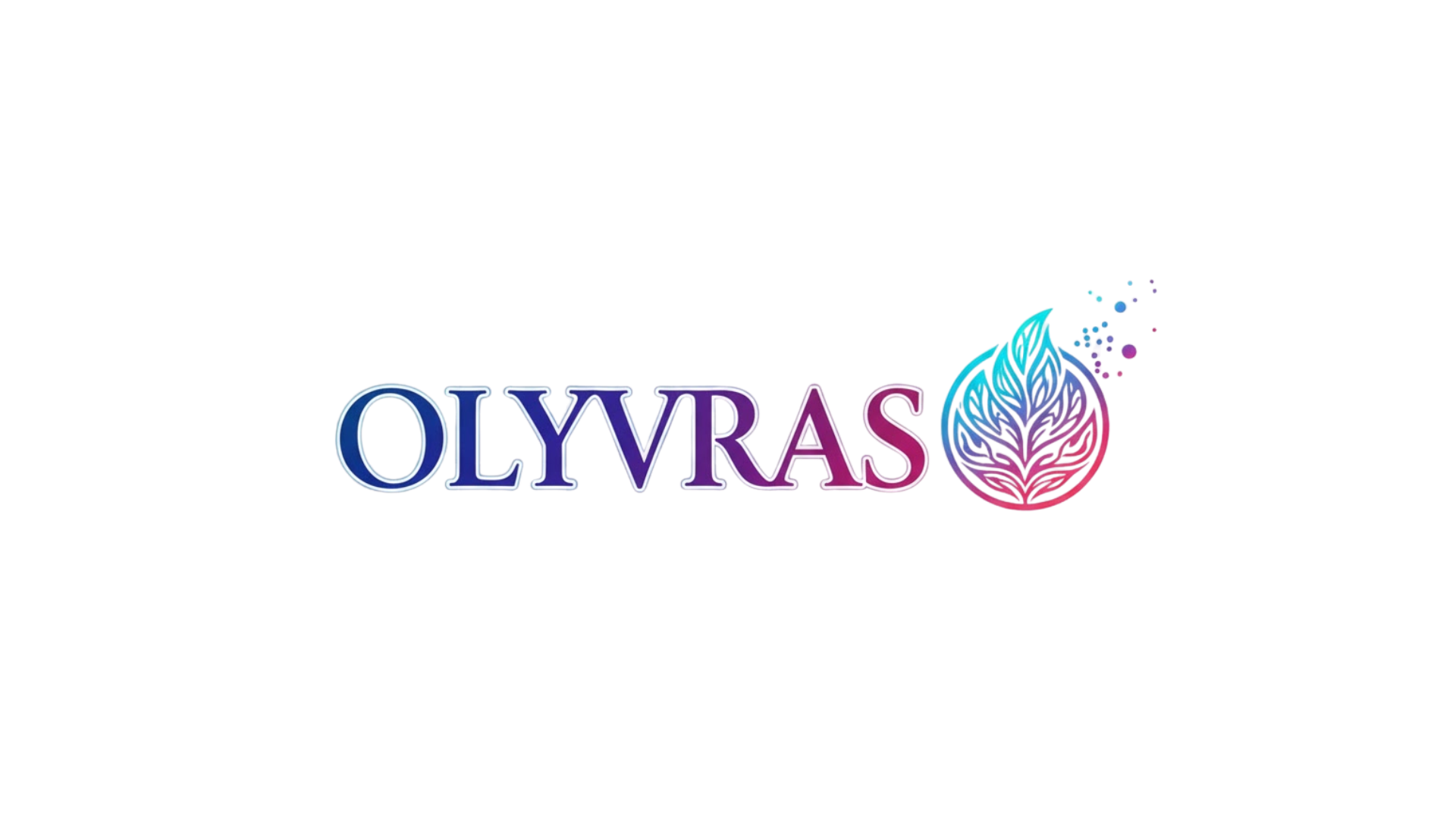In an era where information is power, citizens worldwide are demanding greater accountability from governments and institutions through cutting-edge digital transparency platforms.
The relationship between governments and citizens has undergone a dramatic transformation in recent years. Traditional models of governance, where information flowed primarily from the top down, are being challenged by a new paradigm that places transparency and citizen engagement at its core. Innovative digital platforms are emerging as powerful tools that bridge the gap between public institutions and the people they serve, fundamentally reshaping how democracy functions in the 21st century.
The demand for transparency is not merely a philosophical preference—it’s a practical necessity in modern governance. When citizens have access to clear, accurate information about government operations, spending, and decision-making processes, they become empowered participants rather than passive observers. This empowerment creates a virtuous cycle where accountability improves, corruption decreases, and public trust in institutions strengthens.
🌐 The Digital Revolution in Civic Engagement
The proliferation of smartphones and internet connectivity has created unprecedented opportunities for citizen engagement. Digital platforms designed to promote transparency are leveraging these technologies to make government data accessible, understandable, and actionable for everyday people. These platforms represent more than just technological innovation—they embody a fundamental shift in how power and information are distributed in society.
Mobile applications and web-based portals are democratizing access to government information that was once buried in bureaucratic filing systems or available only to those with insider connections. Citizens can now track public spending, monitor legislative processes, report corruption, and hold officials accountable—all from their smartphones or computers.
The impact of these transparency platforms extends beyond mere information access. They facilitate meaningful dialogue between citizens and their representatives, enable crowdsourced problem-solving for community issues, and create permanent digital records that make it harder for corruption and mismanagement to remain hidden.
Breaking Down Barriers to Government Information 📊
One of the most significant challenges in promoting transparency has been making government data comprehensible to ordinary citizens. Raw datasets filled with bureaucratic jargon and complex financial information serve little purpose if people cannot understand them. Innovative platforms are addressing this challenge through intuitive design, data visualization, and user-friendly interfaces.
Modern transparency platforms transform complex budget documents into interactive charts and graphs that anyone can understand. They convert legislative language into plain English summaries and create searchable databases of public records that previously required hours of manual research to access. This transformation of data presentation is crucial—transparency without comprehension is merely an illusion of openness.
Several countries have pioneered open data initiatives that mandate government agencies to publish information in machine-readable formats. These initiatives have sparked the development of third-party applications that repackage official data in more accessible ways, creating an entire ecosystem of civic technology tools designed to inform and empower citizens.
Key Features of Effective Transparency Platforms
The most successful transparency platforms share several common characteristics that make them powerful tools for civic engagement:
- Real-time updates: Information that is current and continuously updated maintains relevance and usefulness for citizens making decisions or taking action.
- Search functionality: Robust search capabilities enable users to quickly find specific information without navigating through complex organizational structures.
- Data visualization: Charts, maps, and infographics make complex information digestible and patterns easier to identify.
- Mobile accessibility: Platforms optimized for smartphones ensure that transparency tools reach citizens regardless of their access to desktop computers.
- Multilingual support: Language options make these platforms inclusive and accessible to diverse populations.
- Export capabilities: Allowing users to download and analyze data themselves promotes deeper engagement and independent verification.
Success Stories: Platforms Making a Difference 🚀
Around the world, innovative transparency platforms are producing tangible results in fighting corruption, improving governance, and empowering citizens. These success stories demonstrate the transformative potential of technology when applied to civic challenges.
In South Korea, the “Open Government Data” portal provides access to thousands of government datasets, enabling citizens, researchers, and developers to analyze everything from traffic patterns to public health statistics. This initiative has spawned numerous civic applications that help residents make informed decisions about where to live, how to commute, and which public services to utilize.
Brazil’s “Portal da Transparência” allows citizens to track every transaction made by the federal government in real-time. This platform has been instrumental in uncovering corruption scandals and has empowered journalists and activists to hold officials accountable. The psychological impact of knowing that every expenditure is immediately visible to the public has also served as a deterrent to potential misuse of funds.
In Estonia, the e-governance infrastructure includes transparency features that let citizens see who has accessed their personal data in government systems. This “right to digital transparency” has become a model for other nations seeking to balance government efficiency with privacy protection and accountability.
Citizen Reporting and Crowdsourced Accountability
Beyond providing access to government-generated information, many transparency platforms incorporate citizen reporting features that enable people to become active participants in monitoring public services and reporting problems. These crowdsourcing capabilities transform ordinary citizens into a distributed network of watchdogs.
Applications that allow residents to report potholes, broken streetlights, or other infrastructure issues create accountability mechanisms while generating valuable data for municipalities. When these reports are made public on the platform, other citizens can see what issues have been reported, track response times, and hold local governments accountable for addressing community concerns.
Some platforms have taken citizen reporting further by enabling people to document potential corruption, environmental violations, or human rights abuses. These reports, when properly verified and aggregated, create powerful evidence that can drive policy changes and legal action.
The Technology Behind Transparency 💻
The technical infrastructure supporting transparency platforms represents a fascinating convergence of several technological trends. Cloud computing provides the scalable storage and processing power needed to handle massive government datasets. Application programming interfaces (APIs) enable different systems to communicate and share data seamlessly. Blockchain technology is being explored as a way to create tamper-proof records of government transactions and decisions.
Artificial intelligence and machine learning are increasingly being deployed to analyze government data for patterns that might indicate corruption, inefficiency, or inequity. These algorithms can process volumes of information that would be impossible for human analysts to review manually, flagging anomalies for further investigation.
Geographic information systems (GIS) integrate location data with other information, creating powerful mapping tools that reveal spatial patterns in public spending, service delivery, or environmental issues. These maps make it immediately apparent when certain neighborhoods or regions are being underserved or when resources are not being distributed equitably.
Ensuring Data Security and Privacy
While transparency is essential, it must be balanced with legitimate privacy concerns and data security. Effective transparency platforms incorporate robust security measures to protect sensitive information while making appropriate data publicly available. This requires careful consideration of what should be transparent and what should remain confidential.
Personal identifying information, national security data, and other sensitive categories must be properly redacted or secured. The challenge lies in creating systems that are open by default but have clear, justified exceptions. Many platforms achieve this through automated redaction tools and careful classification of data before publication.
Overcoming Obstacles to Digital Transparency 🔓
Despite their promise, transparency platforms face significant challenges that must be addressed to maximize their impact. Resistance from entrenched interests who benefit from opacity represents perhaps the greatest obstacle. Officials accustomed to operating without scrutiny may view transparency initiatives as threats rather than improvements.
Technical challenges also abound. Government data is often stored in incompatible formats across different agencies, making integration difficult. Legacy systems may lack the capability to export data in modern, machine-readable formats. Budget constraints can limit the resources available for developing and maintaining sophisticated transparency platforms.
The digital divide presents another significant challenge. In many regions, substantial portions of the population lack reliable internet access or the digital literacy needed to effectively use online platforms. Transparency initiatives must consider these limitations and develop strategies to reach all citizens, not just those who are digitally connected.
Building Digital Literacy and User Adoption
Even the most sophisticated transparency platform is useless if citizens don’t know it exists or how to use it. Successful initiatives invest heavily in public education and outreach. This includes creating tutorial videos, hosting community workshops, and partnering with civil society organizations to promote awareness and usage.
User experience design plays a critical role in adoption. Platforms must be intuitive enough that people can use them without extensive training. Clear navigation, helpful tooltips, and responsive customer support all contribute to making these tools accessible to broader audiences.
The Future of Citizen Empowerment Through Technology 🔮
The trajectory of transparency platforms points toward increasingly sophisticated tools that not only provide information but actively engage citizens in governance processes. Emerging technologies promise to make these platforms even more powerful and accessible.
Virtual and augmented reality could transform how citizens interact with government data, creating immersive experiences that make abstract information tangible. Imagine walking through a virtual representation of your city’s budget, seeing building-sized columns representing different spending categories, or overlaying augmented reality information about government projects onto the physical infrastructure as you walk through your neighborhood.
Natural language processing and conversational AI could make government information accessible through simple questions asked in everyday language. Instead of navigating complex databases, citizens could simply ask, “How much did the city spend on road repairs last year?” and receive an immediate, accurate answer with supporting documentation.
Integration with social media platforms could dramatically expand the reach of transparency initiatives, meeting citizens where they already spend time online rather than requiring them to visit separate government portals. Sharing features could enable viral spread of important information about government actions or spending.
Creating a Culture of Transparency
Ultimately, technology alone cannot create transparency—it requires a cultural shift toward openness and accountability. Transparency platforms are tools that enable this shift, but sustained commitment from government leaders, active engagement from citizens, and support from civil society organizations are all essential components of lasting change.
Education systems have a role to play in preparing future generations to effectively use transparency tools and demand accountability. When digital literacy and civic engagement are integrated into curricula, young people develop both the skills and the expectation that government should be open and accessible.
Media organizations serve as crucial intermediaries, using transparency platforms to conduct investigative journalism and translate complex information into compelling stories that capture public attention. This symbiotic relationship between transparency technology and journalism strengthens both institutions.
Measuring Impact and Demonstrating Value 📈
To sustain funding and political support, transparency initiatives must demonstrate measurable impact. This requires careful consideration of what metrics matter and how to collect meaningful data about platform usage and outcomes.
Simple usage statistics—number of visitors, page views, downloads—provide basic indicators of reach but don’t capture actual impact. More meaningful metrics include the number of corruption cases uncovered through platform data, improvements in government response times to citizen reports, or increases in public trust measures following transparency initiatives.
Longitudinal studies tracking how transparency correlates with governance improvements provide evidence for the value of these investments. When platforms can demonstrate that they lead to reduced corruption, more efficient government services, or increased civic participation, they build compelling cases for expansion and replication.

Building Bridges Between Citizens and Government 🌉
The most transformative aspect of transparency platforms is their potential to fundamentally reimagine the relationship between governments and citizens. Rather than adversarial relationships characterized by distrust, these tools can foster collaborative partnerships where citizens and officials work together toward shared goals.
When government agencies embrace transparency as an opportunity rather than a threat, remarkable innovations emerge. Officials gain valuable feedback from citizens about which services need improvement. Citizens develop greater appreciation for the complexities of governance and the constraints officials face. This mutual understanding creates conditions for more constructive dialogue and better outcomes.
Transparency platforms represent an ongoing evolution toward more participatory, responsive, and accountable governance. As these tools continue to develop and proliferate, they hold the promise of creating societies where power truly flows from informed, engaged citizens—the foundation of genuine democracy. The journey toward full transparency is ongoing, but each innovation brings us closer to governments that serve their people with integrity, efficiency, and openness.
Toni Santos is a global-policy researcher and ethical-innovation writer exploring how business, society and governance interconnect in the age of interdependence. Through his studies on corporate responsibility, fair trade economics and social impact strategies, Toni examines how equitable systems emerge from design, policy and shared vision. Passionate about systemic change, impact-driven leadership and transformative policy, Toni focuses on how global cooperation and meaningful economy can shift the scenario of globalization toward fairness and purpose. His work highlights the intersection of economics, ethics and innovation — guiding readers toward building structures that serve people and planet. Blending policy design, social strategy and ethical economy, Toni writes about the architecture of global systems — helping readers understand how responsibility, trade and impact intertwine in the world they inhabit. His work is a tribute to: The global commitment to equity, justice and shared prosperity The architecture of policy, business and social impact in a connected world The vision of globalization as cooperative, human-centred and regenerative Whether you are a strategist, policymaker or global thinker, Toni Santos invites you to explore ethical globalization — one policy, one model, one impact at a time.




